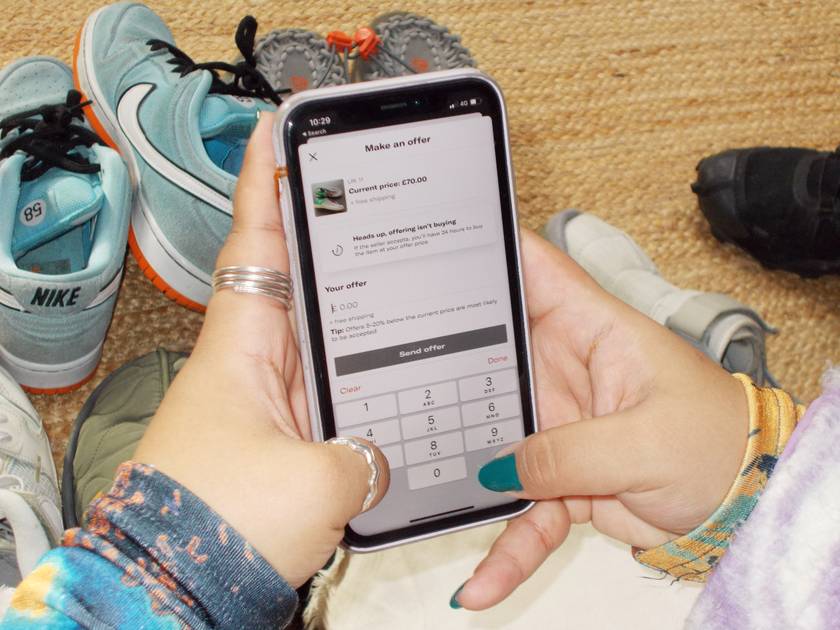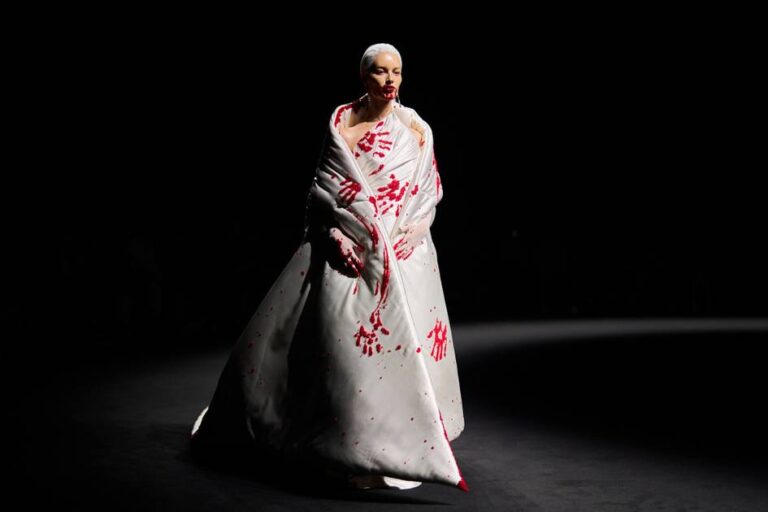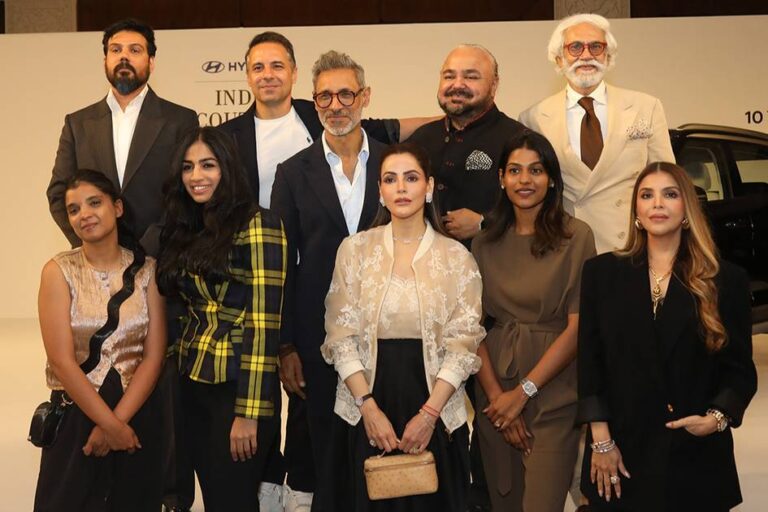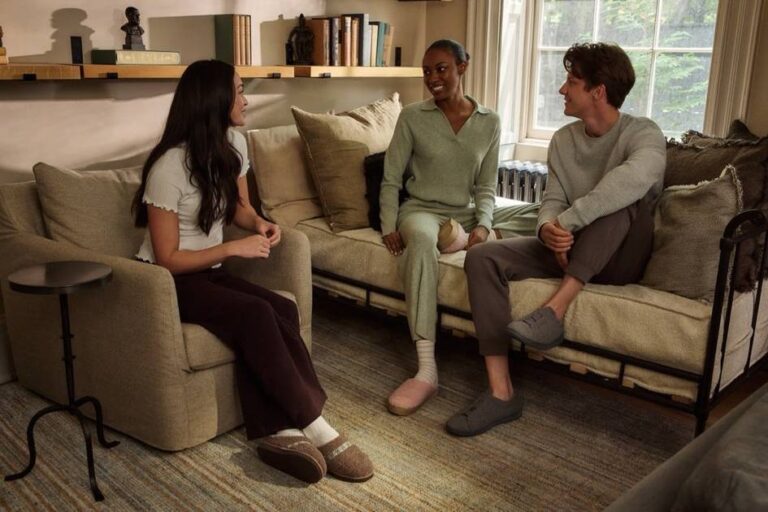Exploring the Risks of Addiction to Second-Hand Fashion Platforms

As research continues on social media addictions, a new concern is emerging within the academic sphere—addiction to second-hand fashion platforms.
In Bordeaux, France, doctoral student Marie Boudi is investigating the rise of compulsive behaviors associated with second-hand clothing apps like Vinted, Depop, and Vestiaire Collective. Her research is rooted in Canadian psychologist Robert Vallerand’s theories, highlighting how users can transition from a “harmonious passion” for fashion to an “obsessive passion,” leading to a loss of control over their usage.
From Passion to Obsession
A recent study by the Institut Français de la Mode (IFM) indicates that Vinted is now the leading second-hand fashion retailer in France, surpassing major players like Amazon and Kiabi.
This growth can be attributed to a range of factors, including economic considerations, ecological concerns, or simply the joy of finding unique vintage pieces. Boudi’s research emphasizes this joy, illustrating how it can escalate into what she identifies as “overflow” — a transition from harmonious enjoyment to obsessive behaviors.
“I was constantly at the collection points […] I thought to myself, I might be overdoing it a bit.”
Initially motivated by aesthetics and trends, some users develop a compulsive buying habit. Charlotte shared her experience saying, “I was constantly at the collection points… I thought I might be overdoing it.” Another participant admitted feeling “dependent on this platform.”
Similar sentiments appeared in an article from Marie Claire, where a user described her healthy use of Vinted evolving into an addiction over five years.
Factors contributing to this behavior include the vast selection of affordable items. Boudi notes that users may feel empowered by the ability to purchase more due to lower prices, leading to heightened consumption patterns.
“The thrill and satisfaction experienced during shopping can create a cycle of repeated purchases,” explains Boudi. While these feelings initially seem positive, they can lead to guilt and regret.
Guilt-Free Shopping?
Second-hand fashion enjoys a favorable reputation for being eco-friendly. Buying pre-owned items lessens the environmental impact compared to purchasing new garments, which often have a higher carbon footprint due to production processes.
The surge of eco-consciousness has propelled the growth of second-hand fashion, with many consumers believing they are making responsible choices by shopping on these platforms. Companies effectively market this narrative, emphasizing environmental benefits in their reports.
For instance, Vestiaire Collective’s Circularity Report for 2024 emphasizes the ecological advantages of choosing second-hand luxury items, demonstrating a lower carbon impact compared to large fashion brands like H&M and Shein.
Despite these advantages, concerns about overconsumption are valid. Vinted’s 2024 report indicates that the majority of users prefer to buy high-quality, durable fashion items, but conflicting data suggests that many consumers believe second-hand shopping allows for more purchases at lower prices.
“Do your research with intention. Try not to give in to spontaneous purchases.”
A 2023 study by Ademe contrasts this perspective, showing that most consumers feel second-hand shopping enables them to buy more for less. Vinted seems to acknowledge the potential for overconsumption, urging users to make deliberate purchase choices.
Constant Availability, Infinite Choices
Every moment, second-hand platforms are refreshed with new listings from user-sellers. Vinted reported over 800 million items sold in 2022, creating constant opportunities for shopping. Boudi notes that resale potential gives users a sense of security, encouraging them to purchase more without guilt.
However, compulsive behaviors aren’t the only risks; losing control over one’s activity on these platforms can yield additional negative consequences.
Recognizing Addiction
Participants in Boudi’s study shared experiences akin to scrolling through social media: “I open Vinted like I open a social network.” This habit can manifest during downtime—commutes, waiting periods, etc.—indicating a reflexive urge to browse.
Words like “addiction,” “dependence,” and “satisfaction” frequently emerged in interviews, mirroring concerns associated with excessive social media use. Current research highlights the psychological risks linked to platforms like Instagram and TikTok, notably effects on well-being and social isolation.
The psychological fear of missing out (FOMO) can also apply to second-hand fashion. Users often worry about missing desirable items at discounted prices, resembling the dynamics of social media engagement.
Legislative Protections for Users
The recognition of potential harms from digital platform dependencies is prompting authorities to implement regulations. The European Commission is working on the Digital Fairness Act to bolster consumer protection online, addressing manipulative design features and addictive traits of platforms.
As this legislation develops, second-hand platforms like Vinted may face necessary operational adjustments to safeguard users.
Are you aware of your shopping habits on second-hand platforms? How do you balance the thrill of finding great deals with the risk of overconsumption?





